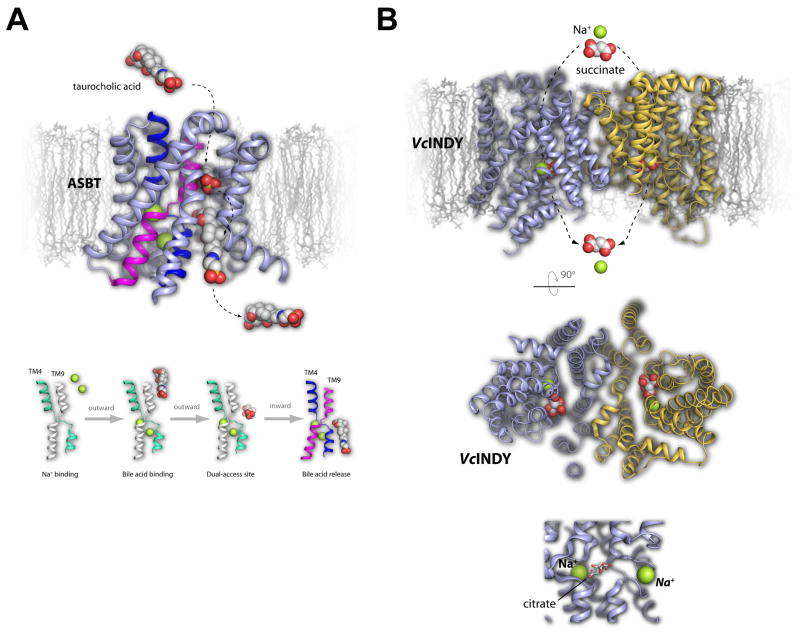Figure 3. The transport of bile acids by ASBT and dicarboxylates by an INDY homologue dicarboxylate transporter.
A. Bile acids such as taurocholic acid (spheres) are transported by the ASBT transporter (top, light blue/magenta/dark blue). The structure led to the suggested mechanism where taurocholic acid binds ASBT in the outward facing conformation, undergoes a horizontal positioning along a putative dual-access binding site, and is then imported and released following a conformational change to the inward facing conformation. The pathway for import is indicated by dashed arrows. This has been proposed to be dependent on Na+ binding and requires slight changes in both TM4 and TM9. B. VcINDY (top, blue/gold) is a dicarboxylate transporter that was solved in the presence of citrate (red/gray spheres) and Na+ (green spheres). The import pathway is indicated by dashed arrows, with a periplasmic view of the structure shown in the middle panel. The bottom panel is a zoomed view of the citrate binding pocket along with the observed Na+ site (left, green sphere) and the putative Na+ binding site (right, green sphere), both of which are important for transport.

